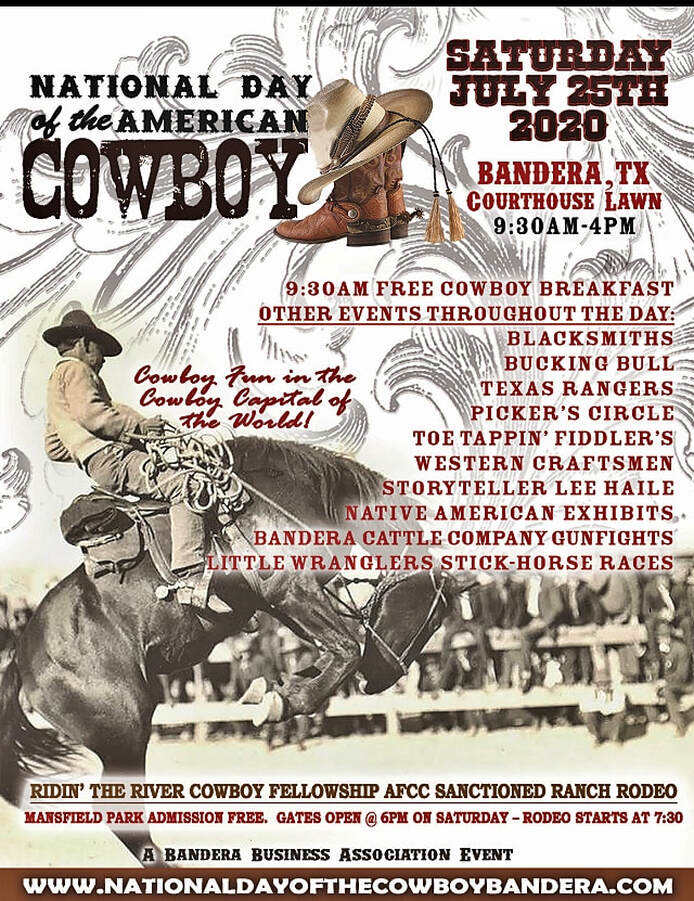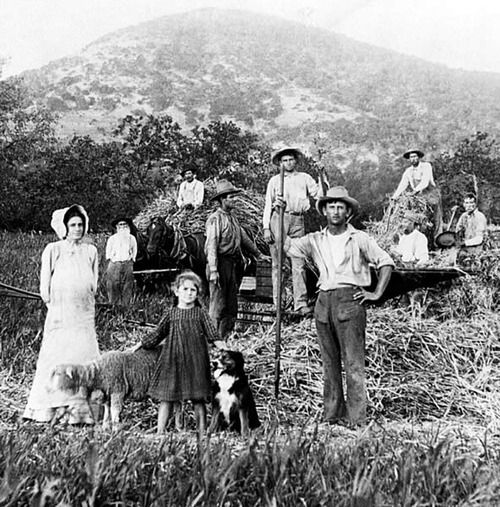Courtesy Photo/The Frontier Times Museum
July 3, 2020
Frontier Tales
By Rebecca Huffstutler Norton
Executive Director/The Frontier Times Museum
A long-lost recipe for vinegar pie is a reminder of how early settlers to the Texas frontier made due when trips to the nearest town was an arduous journey taken only a few times a year. To survive, pioneers had to learn to live off the land first, hunting local game for meat and gathering what they could find. Fortunately, for those who settled in the Texas Hill Country, nature was bountiful. Native pecan groves abounded as did wild turkey and deer. Wild berries and grapes and persimmons could be found until the land was cleared and a cabin built.
Hill Country settlers took advantage of the valleys nestled between the rocky hills to stake out their homesteads. Being far from the nearest neighbor, the farm had to be a self-sufficient world of its own. Every member of the family worked from sunrise to sunset. Women worked even longer since there were mending and sewing to be done after supper. While the men hunted, plowed and managed the livestock, the women did the cooking, tended to the garden, milked the cows, took care of the chickens and the children, all at the same time. Mothers were also the doctor and nurse to the family. If there was a baby to take care of, mothers often nursed or rocked the baby’s cradle while doing other work. This is probably where the phrase “a women’s work is never done” came about.
Laundry day brought its own tribulations. The family clothes were washed by hand by beating the clothes against rocks or scrubbed against a wash board. Soap was made in large cauldrons using animal fat and lye made from wood ash. Lye was also used to make hominy from corn by boiling ripe corn in lye water until the hulls came off. Hominy was a food staple because it could extend the amount of corn to feed the family. Two good sized ears of corn would make enough hominy to serve six people. Corn bread came about as a necessity since wheat flour was not as common. Biscuits made from flour were reserved for Sunday dinner or for when guests came a calling.
Pioneers used their ingenuity to feed their families, which brings us back to vinegar pie. The recipe was found in the Bandera County Historical Commission archives and was from an oral history conducted by Lora B. Davis Garrison of the old-timers in the Frio Canyon area. It was noted as a “ranchers’ favorite” because it tasted like an apple pie without the apples. Here’s the recipe for those daring enough to try it:
Maude Huffmon’s Vinegar Pie
To make the sauce, put in a pan to heat:
2 cups of water
1/3 cup vinegar
1 ½ cups sugar
1 tablespoon butter
Roll pie crust into a big ¼ inch thick square. Sprinkle the pie crust with butter, sugar and cinnamon. Cut into 1-inch slices. Place slices in a 9 x 13-inch pan and pour in the sauce. Bake at 350 degrees until done and slightly browned. Eat it while hot and with great enjoyment.
Hill Country settlers took advantage of the valleys nestled between the rocky hills to stake out their homesteads. Being far from the nearest neighbor, the farm had to be a self-sufficient world of its own. Every member of the family worked from sunrise to sunset. Women worked even longer since there were mending and sewing to be done after supper. While the men hunted, plowed and managed the livestock, the women did the cooking, tended to the garden, milked the cows, took care of the chickens and the children, all at the same time. Mothers were also the doctor and nurse to the family. If there was a baby to take care of, mothers often nursed or rocked the baby’s cradle while doing other work. This is probably where the phrase “a women’s work is never done” came about.
Laundry day brought its own tribulations. The family clothes were washed by hand by beating the clothes against rocks or scrubbed against a wash board. Soap was made in large cauldrons using animal fat and lye made from wood ash. Lye was also used to make hominy from corn by boiling ripe corn in lye water until the hulls came off. Hominy was a food staple because it could extend the amount of corn to feed the family. Two good sized ears of corn would make enough hominy to serve six people. Corn bread came about as a necessity since wheat flour was not as common. Biscuits made from flour were reserved for Sunday dinner or for when guests came a calling.
Pioneers used their ingenuity to feed their families, which brings us back to vinegar pie. The recipe was found in the Bandera County Historical Commission archives and was from an oral history conducted by Lora B. Davis Garrison of the old-timers in the Frio Canyon area. It was noted as a “ranchers’ favorite” because it tasted like an apple pie without the apples. Here’s the recipe for those daring enough to try it:
Maude Huffmon’s Vinegar Pie
To make the sauce, put in a pan to heat:
2 cups of water
1/3 cup vinegar
1 ½ cups sugar
1 tablespoon butter
Roll pie crust into a big ¼ inch thick square. Sprinkle the pie crust with butter, sugar and cinnamon. Cut into 1-inch slices. Place slices in a 9 x 13-inch pan and pour in the sauce. Bake at 350 degrees until done and slightly browned. Eat it while hot and with great enjoyment.


